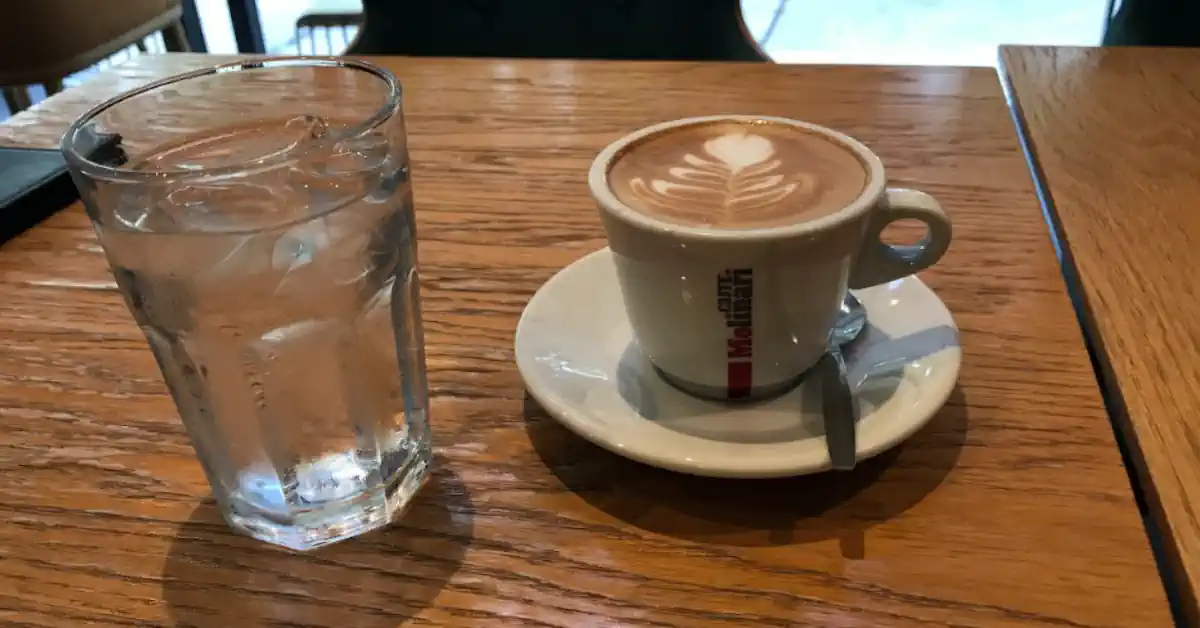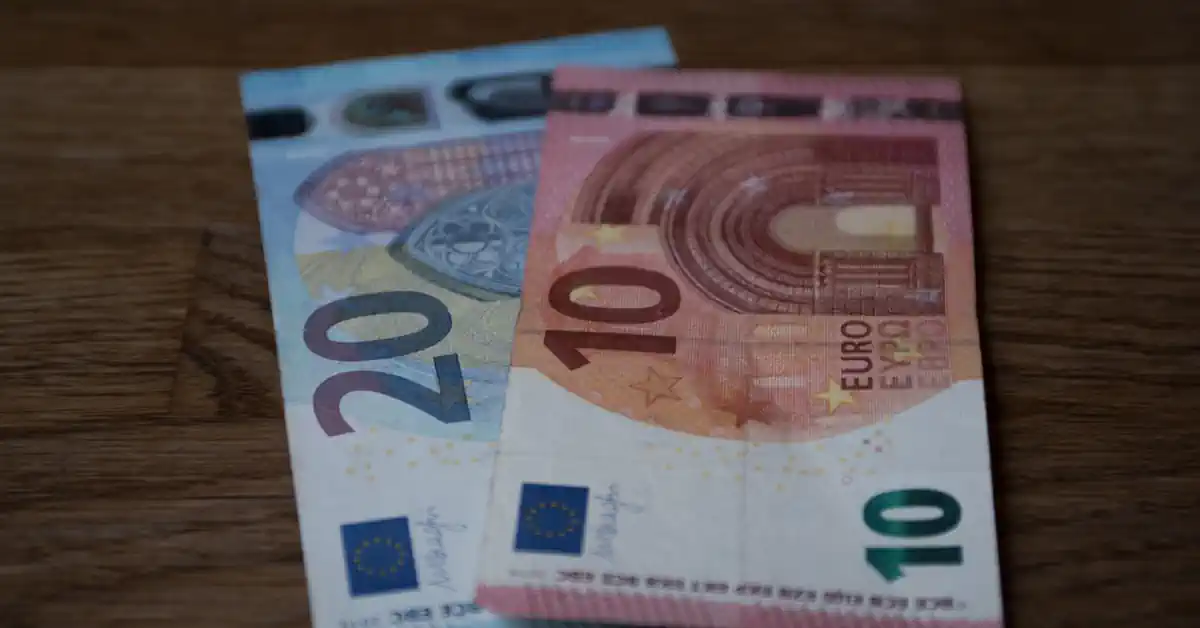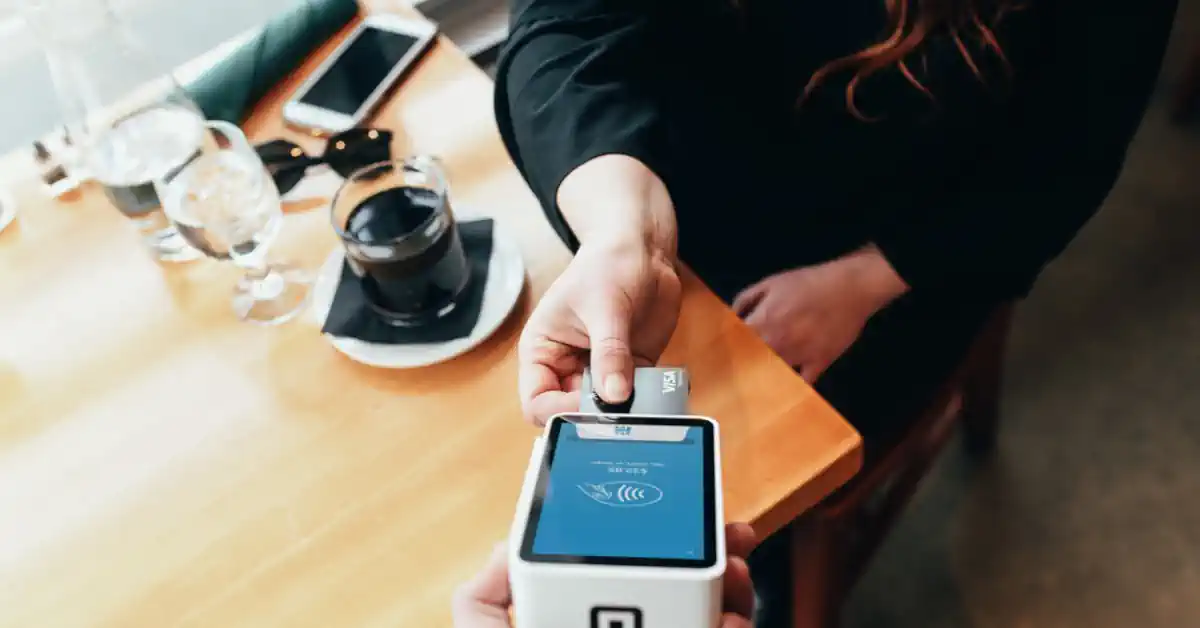Adriacom I Business Services & Immigration
Montenegro Awaits - Let's Make it Yours.
Tipping in Montenegro
Traveling to Kotor, Tivat, or Budva? Wherever you’re headed in Montenegro, visiting a new country always throws up a myriad of questions. This guide covers whether you should tip, and if such is the case, in what situations, and how much.
Tipping in Montenegro isn’t as customary as in countries with a strong and long-established tipping culture like the United States. Locals still do leave tips but there are no stern tipping rules to follow. Continue reading to find out when you should absolutely leave a tip in Montenegro.
Table of Contents
ToggleDo Montenegrins tip for coffee?
Coffee culture is huge and it is deeply ingrained in Montenegro’s national identity, with neighborhood coffee bars continuing to serve as social gathering spots and business meeting hubs. And while not everyone tips after receiving their caffeine fix, many do by rounding up the price of their hot drink to the next Euro.

To give an example, if the price of your coffee is 1,70€ or 1,80€, leaving 20 or 30 cents on top of your bill is a courteous gesture that will show your waiter or waitress that you appreciate them. Avoid leaving the three lowest-value coins – 1, 2, and 5 cents – as it may make you look cheap.
Tipping in Bars in Montenegro
Just like in coffee shops and cafes, tipping in bars is not mandatory in Montenegro, but leaving change for your waiter, especially if you are a regular guest, is pretty common. Locals either round up the bill or if they are in exaltation, tip substantially, all depending on their current mood.

When receiving bottle service in nightclubs, it is not uncommon to tip your waiter upfront, giving him a 20€ or 50€ note. This is not so much a gesture of appreciation but to make sure to be quickly and amply provided with drinks and snacks.
Tipping in Restaurants in Montenegro
Adding a 10% service charge to restaurant bills is getting more popular in Montenegro, especially in beach clubs and in very touristy areas but it is still not very common. If your receipt incorporates a service fee, do not feel compelled to add anything further.

Some restaurants also add a cover charge – Montenegrin: Kuver – to the receipt which is usually 1€ per person. This fee goes directly to the restaurant for providing olive oil and cutlery and does not constitute a tip to your waiter.
In all other instances, it is customary to either add a 5 – 10% tip or simply to round up your bill to the nearest ten Euros. If the receipt is 43.50€, leaving a 50€ note without expecting to get the change back would be considered generous. You can do this if you are very satisfied with the service and food quality.

If the meal is 56€ – 57€, leaving a 3€ – 4€ tip is usually sufficient. You can always tip more than that if you feel that the service you received was exceeding your expectations and was enhancing your experience. If the receipt is 130€, tipping 5€ – 15€ is well within the cultural norm – there are no hard rules.

Info: When paying by credit or debit card, it would be advisable to tip the waiter in cash, making sure that he receives the money instead of the restaurant owner.
Tipping Your Tour Guide
Many tour guides are profoundly passionate about their jobs and often radiate joy, making your day a little happier. If you were satisfied with the service provided, leaving a 5€ – 10€ will be without a doubt much appreciated by the guide. But always remember that tipping is entirely voluntary.
Do you tip taxi drivers in Montenegro?
When it comes to tipping taxi drivers in Montenegro, the same lenient rules apply to tipping in cafes and restaurants. You don’t have to tip but rounding up the fare is customary. If your fare amounts to 9€, you should consider simply leaving a 10€ banknote.

Tipping Hotel Staff
The service quality in hotels seems to be getting worse these days due to staffing problems. Tipping porters and housekeeping staff is still quite the norm in the hospitality industry as long as you feel that the hotel employees went over and beyond to make your stay a pleasant experience.
One Euro per person per day is an easy-to-use general guideline.